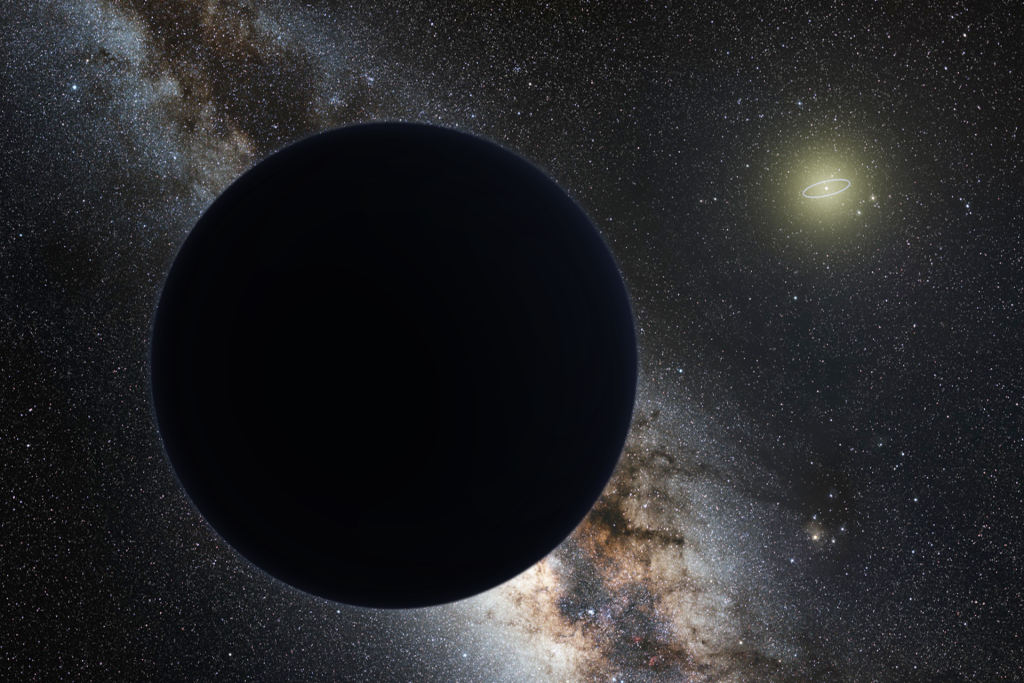A group of astronomers working towards finding a new planet has so far got no results even after searching nearly 87 % of the southern sky in our solar system. Earlier Pluto was referred to as the ninth planet in our solar system but it was scrapped from the status and astronomers reclassified it as a dwarf planet, in 2006.
Astronomers have always believed that there exists a ninth planet in the distant solar system but the new search using the millimeter-wavelength has failed so far to find any convincing results. The 6 meter Atacama Cosmology Telescope (ACT) in Chile was used to provide the required data for tracing the ninth planet, the research is led by, Sigurd Naess of the Institute of Theoretical Astrophysics, University of Oslo. The ACT was designed to study the Cosmic Microwave Background the radiation which are remnants of the early stage of the Universe, the ACT has high angular resolution and sensitivity making it ideal for the job.
The scientists have scanned 87 percent of the southern hemisphere throughout 6 -years and used a variety of techniques like binning and stacking methods which are used to uncover the faint signals received from the sky.
The team in a statement said that “The search found many tentative candidate sources (about 3,500 of them) but none could be confirmed, and there were no statistically significant detections The scientists, however, were able to exclude with 95 percent confidence a Planet 9 with the above-estimated properties within the surveyed area, results that are generally consistent with other null searches for Planet 9,”.
The scientists believe that the ninth might be orbiting the sun in the outskirts of the solar system perhaps orbiting the sun at about 400-800 Astronomical Units.
Planet 9 is speculated to be about 5-6 times the mass of the earth. The team also added, “a planet at this distance would be extremely difficult to spot in normal optical sky searches because of its faintness, even to telescopes like Pan-STARRS and LSST“.
